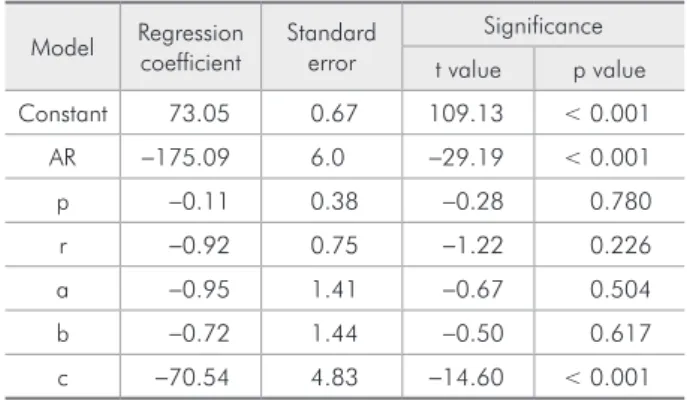Braz. oral res. vol.25 número3
Texto
Imagem


Documentos relacionados
At 150 days evaluated the stem diameter, plant height, leaf area, number of leaves, dry weight of shoots, plant dry mass, root dry weight, root dry weight ratio of shoot, leaf
Root shoot ratio (RSR), leaf root ratio (LSR) and leaf area (LA) of three cowpea genotypes at 25 and 38 days after sowing (DAS), submitted to five levels of irrigation water
estimated from root samples and root traits measured in the entire root system of common bean plants, as regard to root area ( ) and root length ( ).. In the first and
The following traits were measured: fruit weight (g), seed weight (g), pulp weight (g), pulp yield after manual pulp extraction (ratio of the extracted pulp weight by fruit weight,
Both biglycan and decorin were expressed in the ECM of the pulp tissue of the human primary teeth at different stages of root resorption, without differ- ences in the proteins,
In conclusion, the method of age estimation based on the correlation between age and the pulp/tooth area ratio in canines showed that this Brazilian for- mula for age estimation
In conclusion, both the apical patency (presence or absence) and the type of root canal filling material influenced the periapical healing process in dogs’ teeth with vital pulp
In conclusion, the presence of a longitudinal sulcus in the buccal root of the maxillary 1st premolar predisposes to either total (42.9%) or apical (34.3%) bifurcation of the